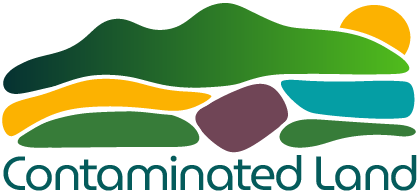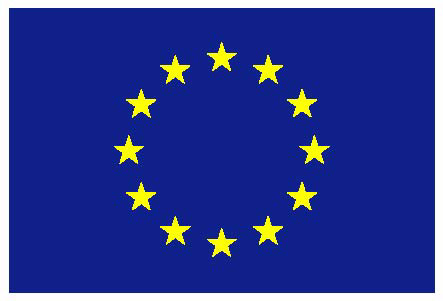At the heart of HOMBRE was the ambition to create a paradigm shift to "Zero Brownfields" where Brownfields became areas of opportunity that deliver useful services for society, instead of derelict areas that were considered useless. This ambition was to be met by looking at how synergies between different types of services might leverage change where none was possible before.
Each Brownfield has its own potential for delivering useful combinations of services and hence new opportunities. For example, synergies between services like development + water improvement + renewable energy. An intelligent and holistic suite of technologies, management measures and land use is the key that can unlock this potential. HOMBRE was centred on the identification of synergies and the design of the approaches needed to achieve them.
An overarching assessment of opportunities and services let stakeholder(s) choose how these were taken into account for the possible re-uses. The HOMBRE shift in thinking related not only to the redevelopment itself, but also to gaining better understanding in early recognition and prevention of land that might become a Brownfield in the future, and how to monitor this as part of the land use cycle.
A visual decision support tool the Brownfield Navigator was being developed by HOMBRE to guide stakeholders showing synergies between services and the opportunities these create at the different stages in the land use cycle. The goal was to enable better communication between stakeholders about opportunities and inspire them to find better solutions with higher benefit. HOMBRE was intended to illustrate what might be possible with a number of case studies where implementing suites of "hard" and "soft" technologies, had facilitated cost-effective, timely, and sustainable Brownfield regeneration along with broader services to the environment, economy and society.
Aims
HOMBRE focused on strategies, technologies and solutions for brownfield (BF) management, that emphasized the positive value of available resources and potential social, economic and environmental benefits. By looking at early signs/indicators and adequate coping strategies, we addressed the need to prevent the depreciation of urban, industrial and mining areas. For BF regeneration our target was finding new uses that allowed generating revenues (directly or indirectly on the site) and wealth (social, health, economic), while maintaining negative impacts to a minimum (environmental, disturbances of noise, odours, aesthetic, traffic congestion, etc.).
Our strategic goal, more dividend from BF regeneration for environment, economy and society, thereby preventing an increase in our carbon footprint, was specified by the following research objectives:
- Better understanding why, how, where and when BF’s are formed in order to avoid future BF’s , in different areas in the EU and in three main fields: urban, industrial and mining areas,
- Better planning and more attractive communication technologies, that allow more holistic appraisal of BF regeneration options and early stakeholder involvement,
- Better operations, better implementation of state of the art technologies, and development of innovative technology combinations for more sustainable integrated BF regeneration,
- Better and more creative solutions for long-term land use of current and potential future BF’s.




 This project received funding from the European Union's Seventh Programme for research, technological development and demonstration under grant agreement No 265097.
This project received funding from the European Union's Seventh Programme for research, technological development and demonstration under grant agreement No 265097.